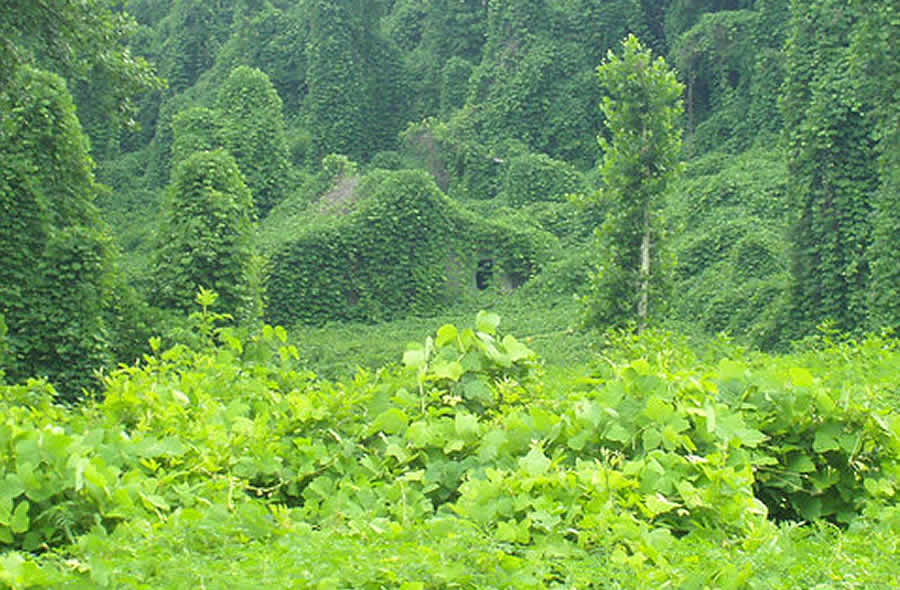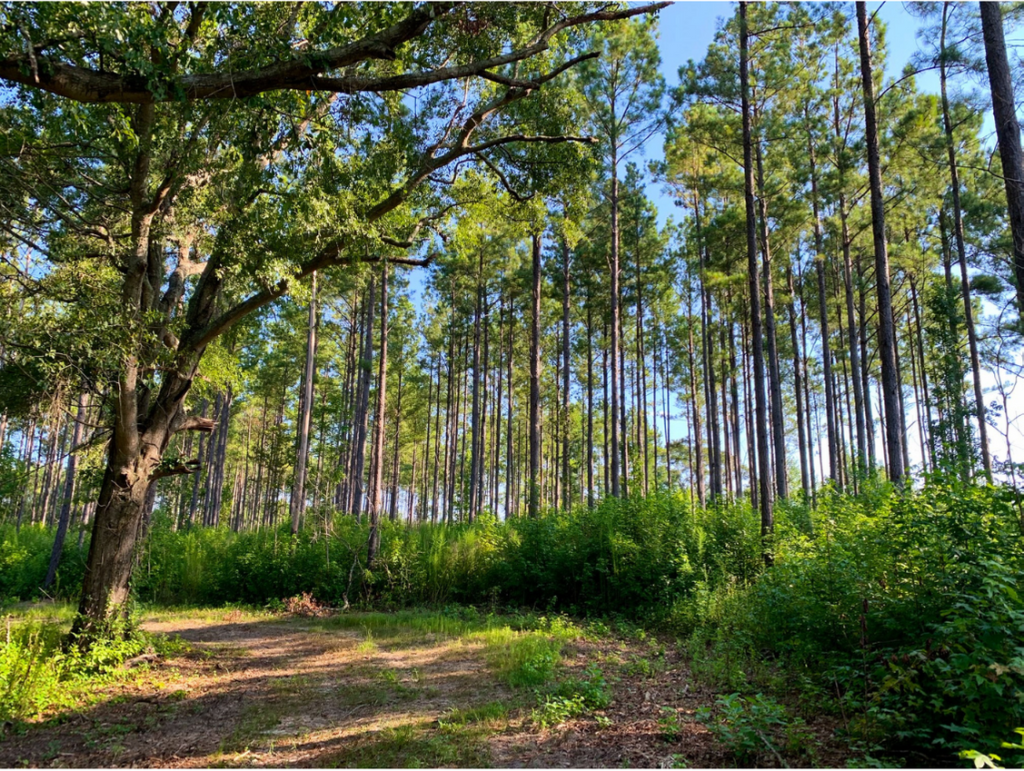Wetland Reserve Easements (WRE) and Benefits to Landowners
Our team at John Hall & Company recently sold 456 acres of recreational hunting land off Hobbie Road in Montgomery County, Alabama. As land specialists, this was one of the more interesting and diverse tracts we had the pleasure of marketing this year. What separated it from other recreational hunting tracts was the property’s use of the Wetland Reserve Easement program (WRE) which is a conservation tool managed through the Natural Resource and Conservation Service (NRCS) under the United States Department of Agriculture. The WRE is a voluntary program that offers financial support to landowners who wish to protect existing wetlands or restore property whose wetlands have been drained for agriculture or some other purpose. This is accomplished by placing a conservation easement on the property or a portion of the property that qualifies for the program. According to the NRCS website “The WRP program offers landowners an opportunity to establish long-term conservation and wildlife practices and protection.” At the same time, it allows the NRCS to implement its goal “which is to achieve the greatest wetland functions and values, along with optimum wildlife habitat, on every acre enrolled in the program.”
I layman’s terms this means that the landowner is paid a large per-acre price to put the qualifying property into a conservation easement. By planting hardwoods or other trees protects and enhances the wetlands while also optimizing the habitat for wildlife. The landowner continues to have certain rights and use of the land such as hunting. And the landowner can choose to sell the land with the conservation easement in place as was the case of the 448 acres in Montgomery County.
So how does this really work and why could it be beneficial to you as a landowner?
The federal government pays the landowner a one-time per acre price on the acreage that qualifies for the program called a “GARP” payment as well as a percentage of the restoration costs to restore the wetlands. In exchange, the landowner is granting an easement on the land that qualifies for the program. The GARP payment, also known as the “easement value” varies from county to county. Both the easement value and the percentage of restoration costs depend on the duration the property is placed into the program.
For example, in Montgomery County, the easement value is $2880.00 per acre which often exceeds the market value of the land itself. You have the option of entering into an easement in perpetuity (forever) in which case you get the entire $2880.00 per acre payment plus 100% of the wetland restoration costs. Or you can choose a 30-year easement whereby the landowner is given 75% of the value of the easement value and 75% of the restoration costs. In either scenario, the NRCS also provides technical support through foresters, wildlife biologists, and other staff to help the landowner in the restoration process.
So the question most landowners wrestle with is this…. “Is the money I receive from the program worth encumbering my land (either for 30 years or in perpetuity) by giving the government an easement on my property?” This is an individual decision that differs from landowner to landowner. Let’s face it. We, as Americans, are inherently distrustful of anyone having the right to access our land and dictate what we can or cannot do, especially the federal government. But, keep in mind that in most instances only part of the property will qualify for the program. For an example of the 448 aces sold in Montgomery County only 202 acres qualified. This portion was placed into the conservation easement while the remaining acreage is unencumbered. So to find out the answer to the originally posed question there are other considerations you have to account for. The major ones that come to mind are “How will the WRE encumbered portion under easement affect the value of the remainder of the property that I own? Can I still enjoy the use of the land that is in the Easement? What rights am I giving up?” Let’s take a closer look.
Every easement placed on a property that qualifies for the WRP is unique due to the size, soil types, and history of the land. If you read the guidelines the NRCS initially puts out about the program it seems very restrictive as to what a landowner can and cannot do on the property after the easement is in place. However, after working with the local administers of the program we have found that the use and enjoyment of the property are not as limited as it seems. In fact, in some cases, you may not notice much difference at all with the easement in place.
Generally, the portion of the land that is enrolled into the program is reforested into hardwoods or restored to another form of its native habitat. In some cases, we’ve even seen longleaf pines planted if it is native to the area and the soils will support their growth. In the case of longleaf pines, you can burn them for best timber practices. While you are prohibited from building a permanent structure or destroying any portion of the land that is being restored you may reserve up to 5% of the enrolled for roads or green fields. You may continue to plant those green fields and keep up roads during the easement period. You can hunt the land. If there is a duck impoundment you may continue to drain and plant the habitat just as you’ve done in the past. All of these issues are determined before the actual restoration begins and governed by compatibility agreements agreed to with the permission and oversight of the NRCS.
Because it is a voluntary easement the landowner generally retains certain rights such as:
1) Title and the Right to Convey Title – meaning you still own the land and can sell the land with the Conservation Easement Agreement in place.
2) Control of Access on the land – although the employees at the NRCS can at any time come onto the property to inspect that the program is being adhered to. It is my experience that these employees are generally very considerate of the landowner and call to make an appointment if they are going to access the property. It’s also been my experience that such appointments are pretty rare, usually once a year.
3) Quiet Enjoyment – a very general definition would be that while employees of the NRCS have the right to access your land for inspection and other purposes pertaining to the WRE program, these employees of the government cannot engage in activities that disturb your right to peacefully enjoy the land
4) Undeveloped Recreational Use – The landowner can hunt, ride 4-Wheelers and ATV’s, etc. as long as you aren’t destroying any portion of the restored wetlands.
5) Subsurface Resources
6) Water Rights
What about value? If the landowner were to sell the entire property where 202 of the 448 acres are encumbered by the WRE conservation easement, how does that affect the property’s overall value? Does the conservation easement devalue the portion outside of the easement? What is the property worth that is in the easement? This is a little bit harder to ascertain. There is no rule of thumb or hard formula to go by but we can give very good estimates through our company’s database of comparable sales that have conservation easements and WRE programs in place.
But consider another scenario. As mentioned before, each situation is different both in terms of the easement and the family dynamics of the landowner. We often see where heirs of rural or recreational land don’t have the same emotional connection that the previous generation did. In some cases that don’t live anywhere close to the property and it’s simply an asset they don’t utilize. In that situation why not put the property into a 30-year WRP program. It’s almost like a generation-skipping trust. At the end of the 30-year program, the easement is lifted and you are left with an appreciating asset. The pine and hardwood trees planted at the beginning of the program are now harvestable.
Or if you as the owner or heir want to continue using the land for hunting or as a weekend retreat you still can still do so while the WRE program is in place. In both scenarios, the owner has been paid a large sum of money upfront that is likely more than what he would have made if the property were sold on the market. He can live off those proceeds or use them for other investments and after the program is over he still owns the property! The value of the land after 30 years would then translate into a great investment for the next generation. From a financial standpoint, it’s hard to argue.
To find out what types of land qualify for the WRE program click on the following link https://www.nrcs.usda.gov/wps/portal/nrcs/main/al/programs/easements/
Pete Hall is a Principal and Broker at John Hall and Company, a full-service real estate firm located in Montgomery, Ala. The land division of the company works all over Alabama and specializes in transactions involving the marketing and sale of recreational hunting land, timber investments, agriculture, and pasture land, river lot and rural residential development, conservation easements, gravel, and other minerals, mini-farms and more.
 Costco without a mask! Gone are the days of cubicle farms as the down-sizing of office space continues. Similar precautions are in place everywhere from the dentist to manufacturing plants. And how long will it be this way? By all reasonable accounts a vaccine will not be created, tested, and available to the masses for a year to 18 months.
Costco without a mask! Gone are the days of cubicle farms as the down-sizing of office space continues. Similar precautions are in place everywhere from the dentist to manufacturing plants. And how long will it be this way? By all reasonable accounts a vaccine will not be created, tested, and available to the masses for a year to 18 months.

 in finding the right tract, but they will ultimately determine your enjoyment of the land, and your return when selling.
in finding the right tract, but they will ultimately determine your enjoyment of the land, and your return when selling.